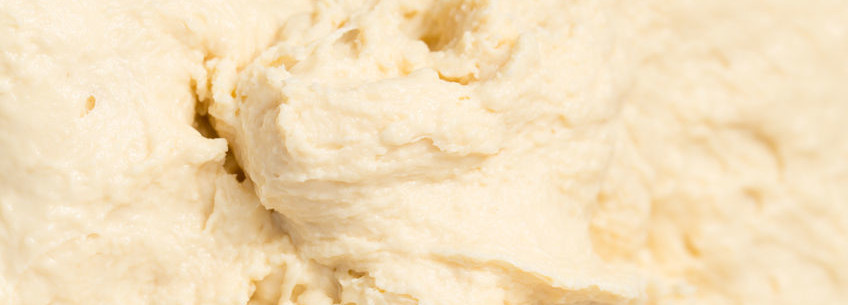
One of the interesting things about gluten-free baking: there is no one-size-fits-all solution. Depending on what you’re baking, what your desired outcome is, and your budget, there will be different gluten-free alternatives in your formula.
So why should I faba bean flour?
Faba bean flour—naturally gluten-free— provides the following:
- Texture and volume
- Dough strengthening
- Crumb whitening
- Thickening
- Additional protein
Gluten-free AND high-protein?
Yep! Up to 20% (flour weight) can be used, with a protein value of 7 grams per 50 gram serving—potentially meeting a ‘Good Source of Protein’ claim. Faba bean flour can be used up to 50% in combination with starches and gums commonly used in gluten-free formulas. With gluten-free products and nutritious ingredients high in demand, this flour checks off two key points.
Faba bean flour can be used in:
- Protein bars
- Gluten-free coatings
- Pasta
- Gluten-free bread
- Protein enriched bread

